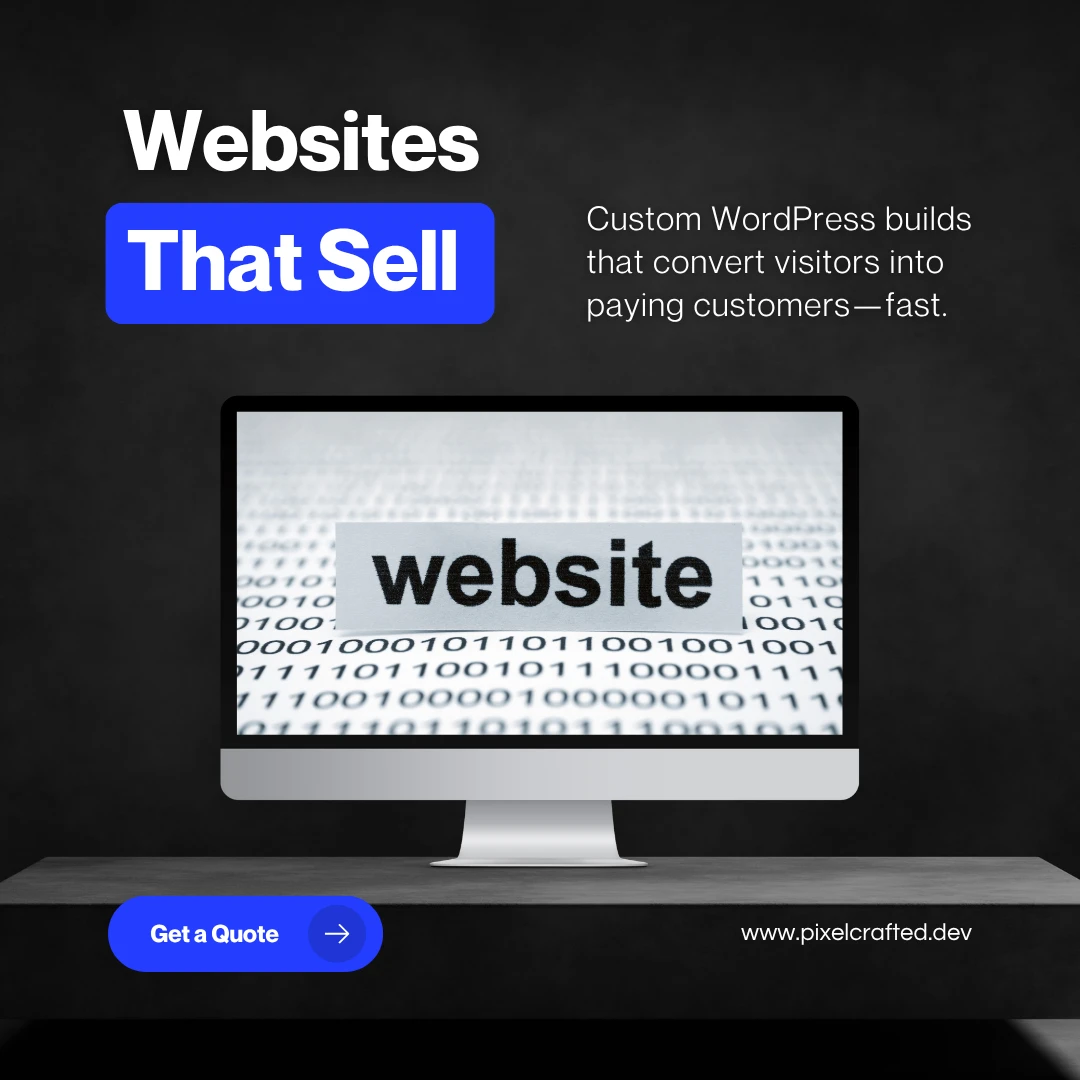Orthopedic shoes have traditionally been viewed as practical but unattractive footwear, designed solely to address medical needs. However, a wave of innovation is reshaping this perception. Thanks to advancements in 3D printing and a revolutionary approach known as Pedorthic Information Modeling (PIM), orthopedic shoes are now becoming as stylish as they are functional.
The Traditional Orthopedic Shoe: A Functional Necessity
Orthopedic footwear has long served individuals with various foot ailments, from plantar fasciitis to diabetic foot conditions. While effective in alleviating discomfort and promoting proper posture, these shoes often sacrificed aesthetic appeal for practicality. This compromise led many to forgo them, despite their benefits.

The Case for Change in Orthopedic Footwear
Modern consumers demand more from their footwear. They seek solutions that do not force them to choose between health and style. This growing need has spurred the development of technologies that prioritize both functionality and visual appeal in orthopedic shoe design.
What is Pedorthic Information Modeling (PIM)?
PIM is an innovative design methodology introduced by footwear engineer Daniel Petcu. It draws inspiration from Building Information Modeling (BIM) used in architecture and applies parametric design principles to orthopedic footwear. By leveraging PIM, designers can create custom, 3D-printed orthopedic shoes tailored to individual needs.
How PIM Works
The PIM process begins with a detailed digital model of the shoe, developed using Rhino 3D’s Grasshopper software. This model allows for precise adjustments to accommodate various foot anatomies, structures, and stiffness requirements. A key feature of PIM is Gradient Stiffness, a parameter that enables designers to vary the rigidity across the shoe, ensuring optimal support and flexibility.

The Role of 3D Printing in PIM
Customization and Precision
3D printing technology is integral to PIM’s success. It allows for unparalleled customization, enabling the production of shoes that fit the wearer’s unique foot shape and medical needs. Parameters such as structure, stiffness, and support can be adjusted with precision.
Material Innovation
Flexible materials like Ultrafuse® TPU and Varioshore TPU are used in 3D printing orthopedic shoes. These materials combine durability, biocompatibility, and flexibility, making them ideal for creating footwear that balances comfort and support.
Streamlined Production
Unlike traditional manufacturing methods, 3D printing facilitates rapid prototyping and production. This efficiency enables the creation of custom shoes without the lengthy lead times typically associated with bespoke footwear.
Challenges and Triumphs in PIM Adoption
Overcoming Skepticism
Introducing digital design and 3D printing into the traditionally manual field of orthopedic shoemaking was met with resistance. Many in the industry were hesitant to embrace these new technologies. However, as the benefits of PIM became evident, acceptance grew.
Recognition and Success
Petcu’s work gained international acclaim at events like OTWorld 2024 in Leipzig, where he showcased fully 3D-printed orthopedic shoes. These presentations demonstrated the potential of PIM to transform the industry.
3DSHOES.COM: Advancing 3D Printed Footwear
A Hub for Innovation
3DSHOES.COM is a platform dedicated to exploring the possibilities of 3D printing in footwear. It highlights groundbreaking developments in shoe design, showcasing how technology can redefine comfort and style.
Notable Projects
- Biodegradable Footwear: 3DSHOES.COM features designs like OXMAN’s 100% biodegradable 3D-printed shoes, which integrate sustainability with innovative biomaterials.
- Unique Designs: The Cryptide, a shoe inspired by mythical creatures, exemplifies the artistic potential of 3D printing.
- Collaborations: Partnerships with brands like Nike have resulted in innovative products such as the 3D-printed Air Max 1000.
Expanding Applications of PIM
The versatility of PIM extends beyond general orthopedic use. Petcu aims to address complex conditions like Charcot-Marie-Tooth disease, demonstrating the adaptability and potential of this technology.

The Future of Orthopedic Footwear
The integration of PIM and 3D printing represents a significant leap forward in the footwear industry. As adoption grows, consumers can expect a wider range of stylish, functional, and affordable orthopedic shoes.
Conclusion
Pedorthic Information Modeling is more than a design innovation; it’s a paradigm shift in the orthopedic footwear industry. By merging cutting-edge technology with thoughtful design, PIM ensures that no one has to compromise on comfort or style. With platforms like 3DSHOES.COM championing these advancements, the future of footwear is undoubtedly brighter—and more fashionable—than ever.
FAQs
- What makes PIM different from traditional orthopedic shoe design?
PIM uses parametric design and 3D printing to create fully customizable, stylish orthopedic shoes tailored to individual needs. - How does 3D printing improve orthopedic shoes?
3D printing allows for precise customization, rapid production, and the use of flexible, durable materials like TPU. - What is 3DSHOES.COM?
3DSHOES.COM is a platform dedicated to exploring and promoting 3D-printed footwear innovations. - Are 3D-printed orthopedic shoes durable?
Yes, they are made from high-quality materials like TPU, ensuring both durability and comfort. - What conditions can PIM address?
PIM is effective for various foot ailments, including diabetic foot conditions, fallen arches, and more complex issues like Charcot-Marie-Tooth disease.




